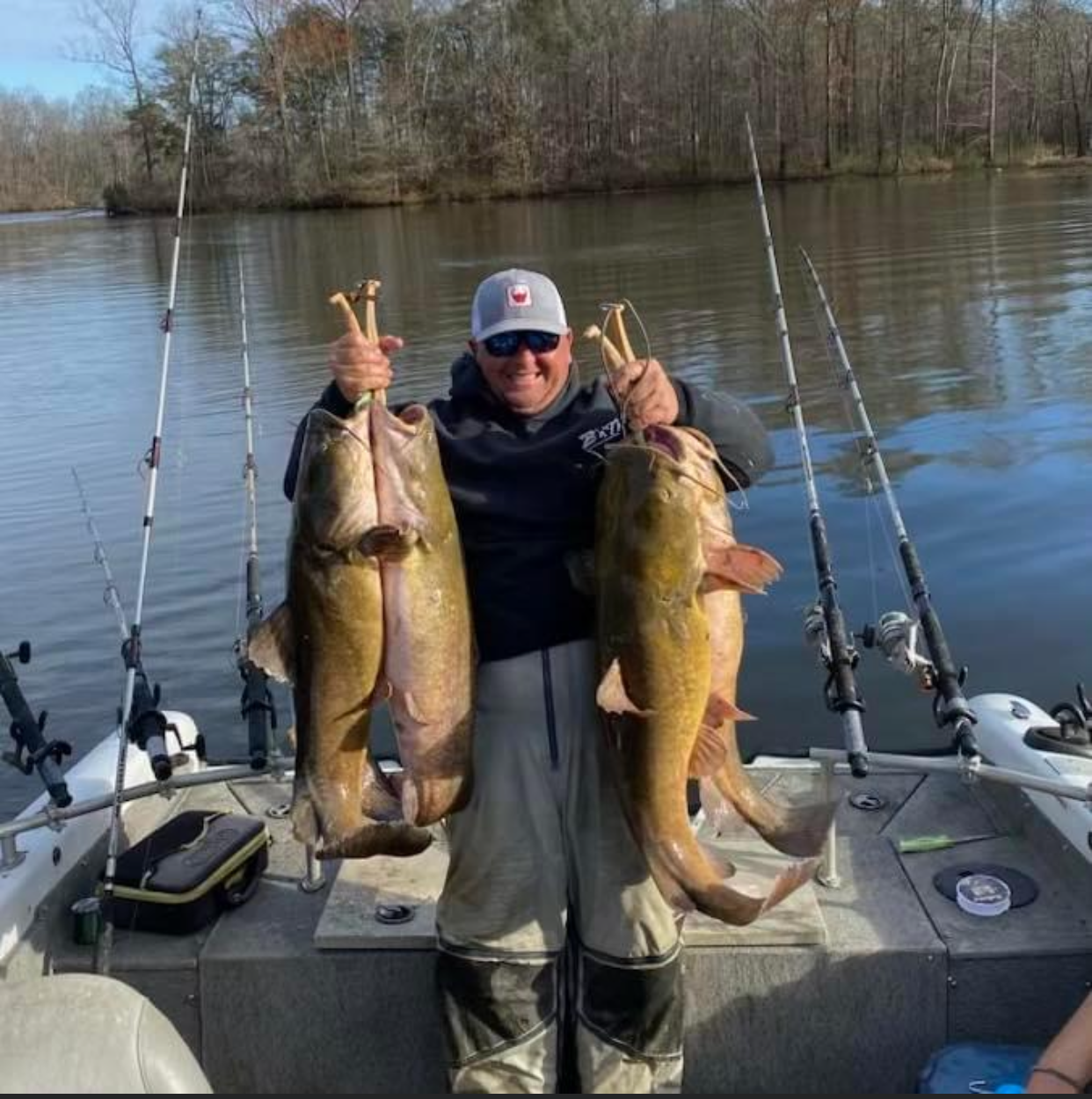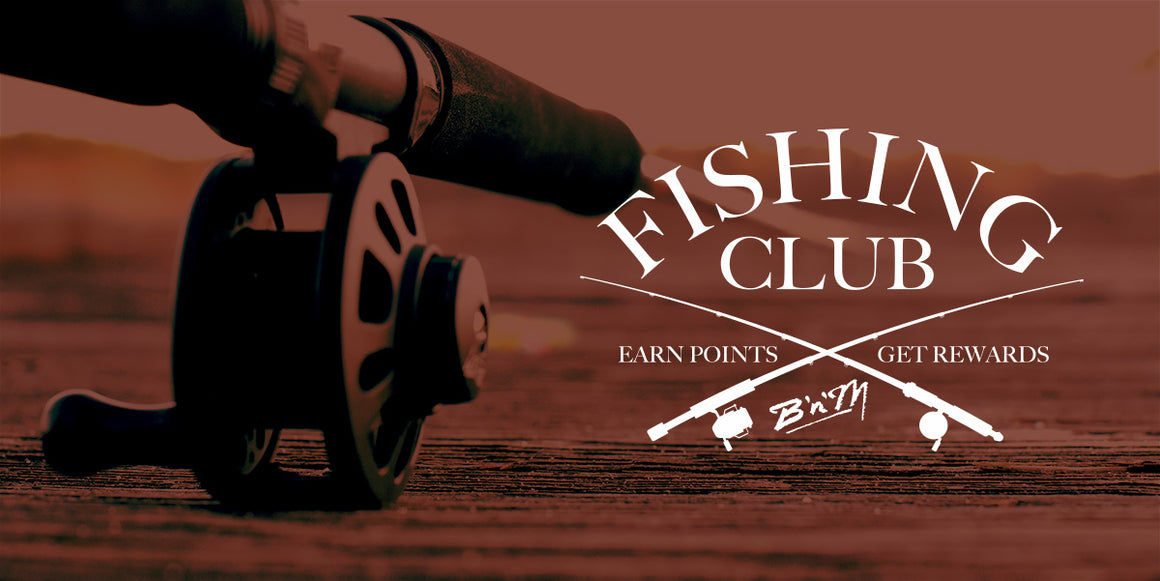
Early Season Flatheads with Joey Pounders
Early Season Flatheads with Joey Pounders
Phillip Gentry
After a long summer of drought last year, much of the country has finally gotten some relief in the form of heavy rains that have resulted in flash flooding. While flooding is not the ideal scenario, new rainfall, at least in the eyes of catfishermen, means water is on the way. Moving water means current, and current is a catfisherman’s best friend.
B’n’M catfish pro-staffer Joey Pounders of Caledonia, Mississippi said now is the time to take advantage of increased water flows making their way through the Tenn-Tom waterway system where he does most of his catfishing.
“Everything is based off current,” said Pounders. “New water this time of year in the Tenn-Tom will move the catfish up out of the deep channels into shallow water that’s only about 5 – 6 feet deep.”

Recent flooding rains have created a lot of new water and a lot of current flow in the Tenn-Tom Waterway
For anglers not familiar with this fascinating waterway, the Tenn-Tom is 234 miles long and runs from Yellow Creek Port near Pickwick Lake in Tennessee to Demopolis, Alabama. The system features 10 lakes and 10 locks and dams that allow for a shorter navigational route from the interior United States to the Gulf of Mexico. Most all of the lakes are flanked with either open or closed-ended sloughs that fill up when the water rises. It’s at the mouths of these sloughs that Pounders concentrates much of his catfishing effort.
“In front of a slough there’s not as much current, but the new water will push bait into the sloughs and the catfish will follow,” he said. “Once I locate an area I want to fish, I’ll just tie up to the bank and fan cast rods all around the boat.”
As simple as it sounds, Pounders said the secret is to look for areas where the current is moving in different directions. He explained that most of the water moving through whichever lake he’s fishing is going south, but around these sloughs, the current will double back and actually run north along an eddy.

Pounders is adamant about using fresh, lively bait any time he is targeting flatheads.
“That transition area will draw catfish to them like a magnet,” he said. “I want to make sure I’m placing baits precisely around that transition area.”
Although the Tenn-Tom is home to both blue catfish and channel catfish, it’s flathead catfish that Pounders targets because flatheads, or yellow cats as they are sometimes called, are generally the bigger species in the Tenn-Tom.
To target flatheads, Pounders is adamant about using fresh live bait. His preference is 7 – 10-inch gizzard shad that he cast nets right out of the lake. He said flatheads will eat cut bait, but he likes his chances a whole lot better with live bait.
“I use the 10-foot B’n’M Silver Cat magnum rods because I can finesse the baits right into a spot,” he said. “I just like the control I have with the longer rod.”

Anyone who said trophy flatheads are a summertime only fish should spend some time fishing during the “offseason”.
Pounders uses 600 series baitcast rods spooled with 50-pound braid and a three-way swivel to place the baits around the slipstream. He uses a 4 – 5-foot section of heavy 30 pound mono on the weight line and 60 pound mono on a 15 -18 inch hook line, complete with 7/0 – 8/0 circle hook. The longer weight line may seem excessive, but he’s thought his system out. If he were fishing vertically, the bait would suspend 3 – 4 feet off the bottom, but by casting the line on average 60 – 70 feet away from the boat, the long weight line and short hook line suspends the bait only a foot or so off the bottom.
“The two benefits to this are a tail hooked bait that’s up off the bottom will swim hard to get to the bottom but never make it,” said Pounders. “Also, by being up in the water, a catfish on one side of a log can see the bait where if it was on the bottom on the other side, he may never see it.”
Finally, Pounders scoffs at the idea that February is too cold to catch flathead catfish. In fact, he does his best catfishing from October through April when there’s less traffic on the water and the cooler water makes the fish more active.
“It’s a great time to fish and a great time to catch some really big ones,” he said.
Wherever fishing takes you, B’n’M has been there. Check out our website at bnmpoles.com
Also in Weekly Tips and Techniques

Finessing Pre-spawn Crappie with Kent Driscoll

Playing The Odds with David Jones


